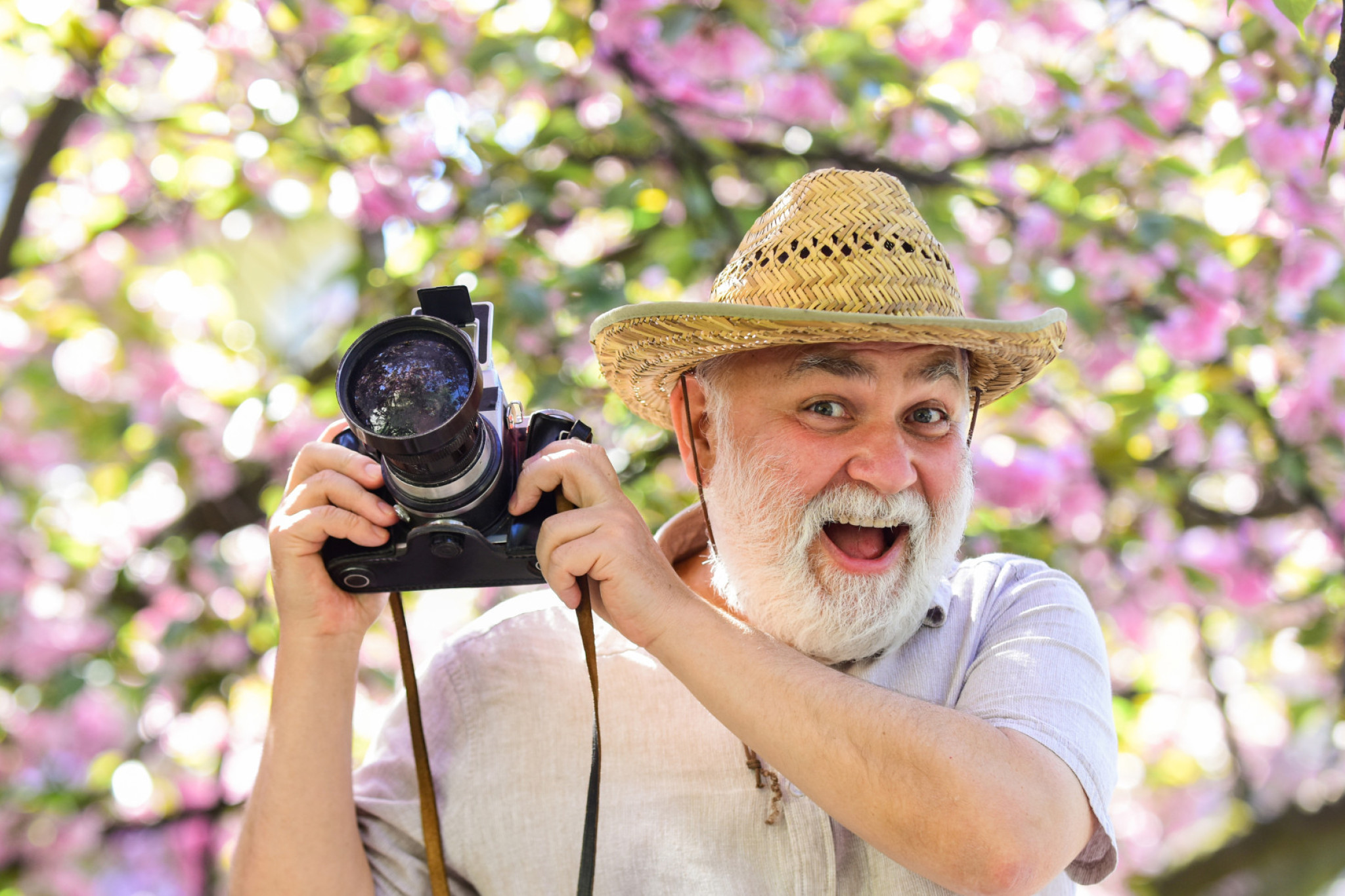News
29 June, 2025
Creative ageing opens eyes
By UniSC Senior Lecturer in Photography Tricia King OLDER adults are often faced with lifestyle changes that can disrupt their sense of place and purpose. It may be the loss of a partner, downsizing their home, or moving to residential aged care. These changes can bring loss of identity, uncertainty, disconnect, and isolation.

But what if a simple camera could help alleviate some of these pains?
For the past decade, photography has been used with older adults as a way of connecting with place, producing transformational results.
Research shows arts engagement significantly enhances mental wellbeing and overall health in older adults. Australia has developed Creative Ageing Frameworks and the National Arts Health Framework to promote creative activity as valuable for healthy ageing.
However, barriers remain: cost, accessibility, self-doubt, and lack of skilled facilitators. This highlights the need for more inclusive approaches using familiar tools — such as photography.
Photography is a multisensory embodied practice that encourages mindfulness, slowing down, and noticing everyday beauty. It can prompt new ways of seeing.
Recent research with older adults in aged care and community settings shows photography strengthens connection to place, creativity, and wellbeing. Group photo walks help transform relationships to environment and sense of agency.
As aged care resident Kathleen said, “It’s given me a new sense of enjoyment and purpose and changed how I look at both life and seeing places in here that I’ve never seen before.”
Photography is accessible and familiar — many carry cameras on phones or tablets and know how to use them. This removes barriers and builds on existing skills. It requires no special training or equipment.
It is meaningful, enjoyable, adaptable to individual skill, and connected to identity. Photos can be shared, discussed, displayed, or privately revisited.
Photography honours life experience and perspective. Each photo expresses a unique view. Group walks allow exploration of familiar places and create collective stories.
Being outdoors is often encouraged, improving confidence and connection, especially for aged care residents. Participant Margaret, recovering from a stroke, grew more confident exploring her facility with her camera.
Photography is low-cost, adaptable, and inclusive. It can be done indoors, outdoors, from wheelchairs, walkers, or while exercising. Anyone can start by slowing down and noticing small details. There is no right or wrong — just an opportunity to look again.

